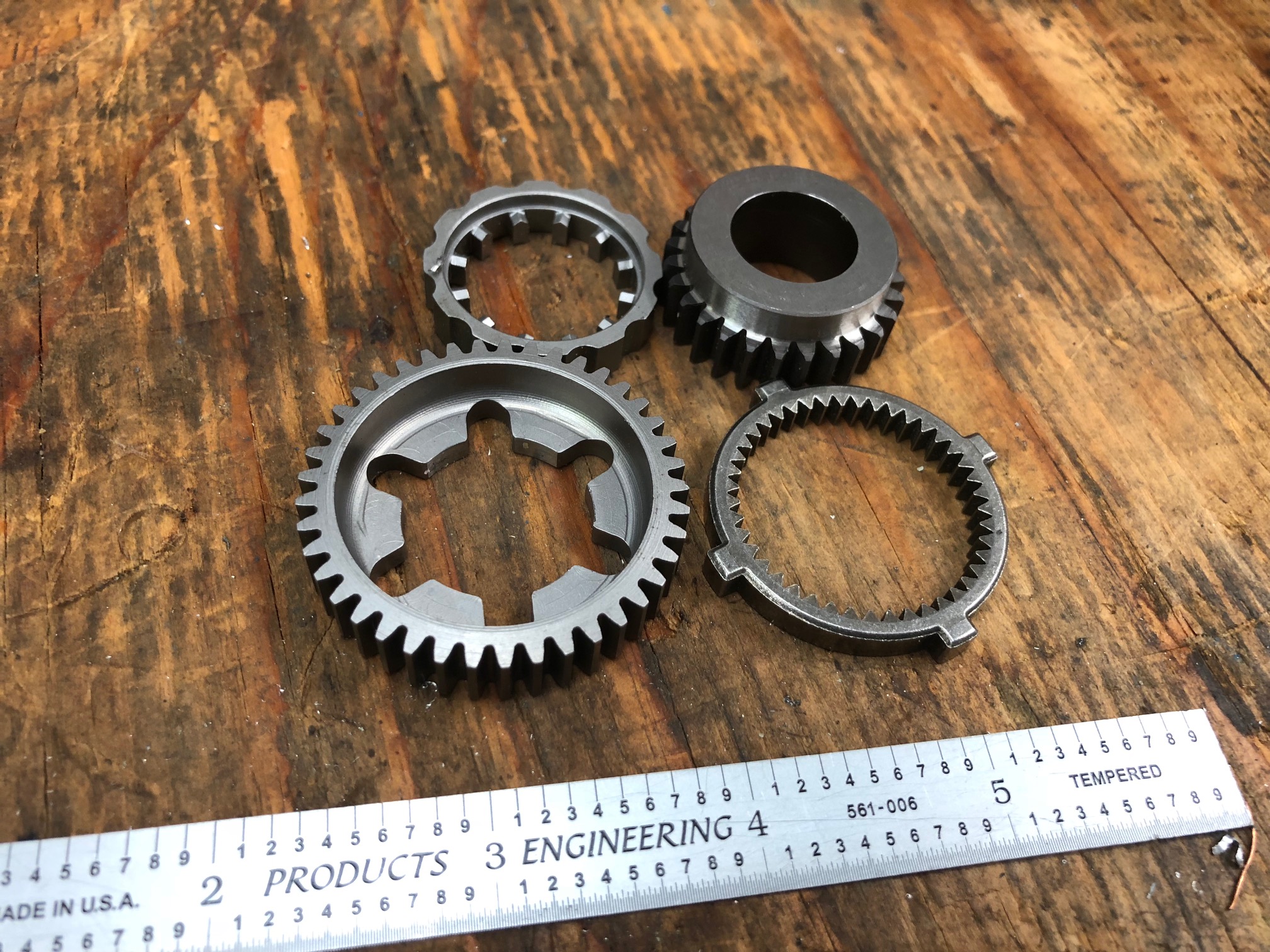SeaMoss, I really don't know. The machine was already there when I started at this company 5yrs ago. We haven't had any problems getting service techs in when needed, though, we don't have any complaints about their service as far as I know. It's a great machine, and it's able to generate most of the profiles for the wheel dressing right on its own computer. Some of the more "custom" shapes need to get drawn separately, like in Solidworks, then saved as a DXF, then loaded into the machines computer (not the control), which will read it and generate a dressing profile/program, then you can send that from the machines computer to the control, then start making your wheel profile from there. It's a smoother series of events than I made it out to be... Except for the drawing of the profile in Solidworks, which really isn't that bad, just a little time consuming. I can have drawing of the involute profile, with whatever pitch dia, root rad, corner rads, etc, saved as a DXF, then trim off the extra crap (like title block, etc) so all that's left is the intended wheel profile, in about 1-2hrs, so it's not too bad. We're not a high-volume production shop. We're "sort of" like a job shop, but it's just a lot of repeating work in small quantities. I don't do much with the Reform spline grinder, but it is in the department that I am the lead of, the Grinding Dept. For CNC cylindrical grinders we have 2 Studers (S40 & S41), a Danobat (roughly 8-9' between centers), a Usach 300 (about 12ft between centers), a manual SMTW cylindrical grinder, and they also stuck the Fellows shaper in there, as well as the Barber Coleman hob. For the more open-toleranced OD straight splines, we've started hobbing them in the CNC with a hob attachment on the turret, saves a ton of time. And we've also taken some other larger ones, and even milled them with a milling cutter in the WFL mill-turns. This took the time to make a spline from about 6-8hrs down to about 45min, negating setup time for either one. This one in particular is about a 10" OD spline, I want to say 188 teeth? Don't quote me on that.
Anyway, my apologies INTEGREX GEEK, I know this was a bit of a tangent to the post.










 Easy to see how they get spendy, quickly.
Easy to see how they get spendy, quickly. 
 Thanks. I actually hated the Siemens on that Blohm. That things was a button pushing pain in the arse... Always Three menus deep to accomplish the simplest of tasks.
Thanks. I actually hated the Siemens on that Blohm. That things was a button pushing pain in the arse... Always Three menus deep to accomplish the simplest of tasks.